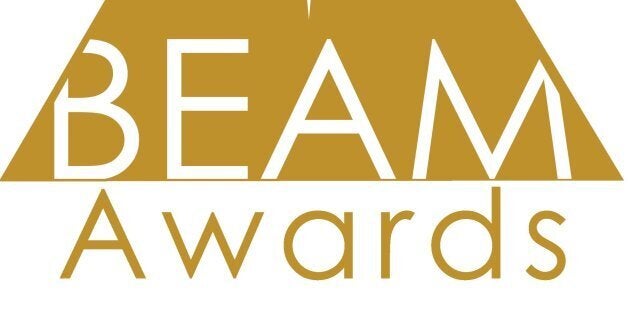
For those of us who were seventies or eighties babies born into black or mixed race families in the UK, visible role models which looked like us were few and far between. In 1986 Top of the Pops aired Diana Ross' Chain Reaction video which had hit the No.1 spot. The impact that viewing experience had on me as a six year old remains one of my most powerful childhood memories.
It begins and Diana is all Bambi eyes and skinny limbs rocking a straight, jaw-length bob and thick fringe with this infectious beat. But it is the moment that the musical rift sets in and suddenly Diana bursts from what appears to be a burning warehouse, ankle length white fur coat flung open to reveal a glitzy slinky evening dress. The straight bob is replaced by this free, fluffy mane which flows out in Afro splendour. It looked just like mine, and she was magnificent. This was the first time I had seen a woman who resembled me, if only in complexion and curl, on television in such glory. I was entranced, and when the song ended I remember vividly feeling a little more Diana in my own skin. It was incredible.
What's funny is that while doing my fact check research I chanced on an Oprah Winfrey YouTube interview with Diana Ross conducted not too long ago. I was astonished to hear Oprah recall the moment she had her own first unforgettable, childhood Diana viewing experience, at least ten years years prior to mine. It's then that I realised that this moment belonged to neither Oprah nor I, it belonged to, and is the story of black and mixed race little girls the world over.
The necessity for children to have visible role models which reflect their identity, is exactly why I started Color blind cards back in 2007. Multicultural greeting cards were one way of getting imagery which reflected the identity of underrepresented children, straight into their precious hands. We all have an inate need to identify with people who resemble us, it validates us. The impact of living without this identification has repercussions for our self esteem.
I recall a trade show, where our card shop selling the range was set up, and this boy of no more than four or five wandered over with his mother. "That's me, that's me, and that's me." He said pointing at the cards. It was phenomenal. That moment consolidated the need for the brand and the heart of the motivation that should be at the core of every campaign or initiative to create diversity.
That's why the very first BEAM Awards, hosted by Sir Trevor McDonald and founded by Paul Sesay is exciting. In a time where our society is arguably more divided than it has been for years, an awards show which celebrates the contributions and accomplishments of personalities hailing from a BAME (black, Asian,minority ethnic) background, and is aired on prime-time TV this October by a major broadcaster, is progress.
A non subtle reminder of the contributions of these role models and groundbreakers who enhance brand Britain, many of whom paved the way for other people of colour in their industries and inspired a new generation of comedian, sports star, entertainer...and the fact that many of them are second generation immigrants.
With media reporting often playing a divisive role, I'm delighted to be supporting an event which sees a broadcaster take some action rather than tick box, as the term diversity becomes dangerously close to an industry buzz word.
It's good news for television, and great news for viewers old and young. After all, we could all benefit from a little more Diana under our skin.